Limestone Colors

Buff
The buff color Indiana limestone ranges from a light creamy shade to a brownish buff.

Variegated
The variegated color Indiana limestone is mix of gray and buff colors with a variety of tones in between. There can be a little or a lot of variation from work piece to work piece within variegated color stone.

Gray
The gray color Indiana limestone ranges from a light silvery gray to shades of bluish gray.
Limestone Textures
Indiana Limestone is available in a variety of surface textures and finishes. These textures are applied at the completion of the fabrication process as specified by the project documents. Indiana Cut Stone is happy to answer any questions about available or custom surface textures for your Indiana limestone project.
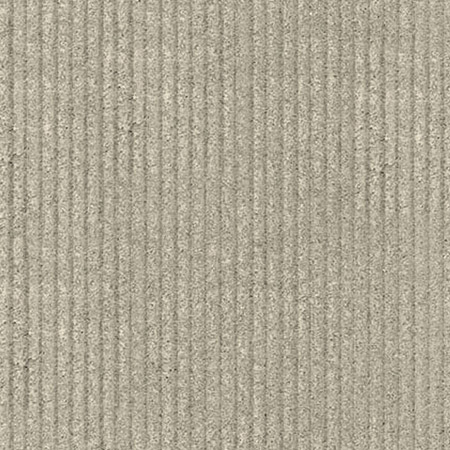
Machine Tooled
This unique Indiana limestone finish consists of cutting parallel, concave grooves into the face of the stone. It is available in four, six or eight grooves to the inch. Machine tooling is used primarily on ashlar surfaces.
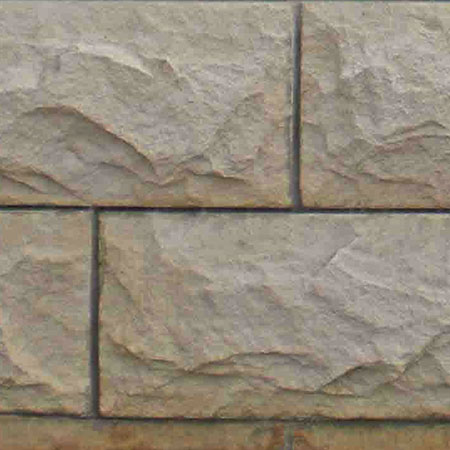
Rock Face
This is an Indiana Limestone finish that has been dressed by hand or machine cut to produce a bold, convex projection along the face of the stone. This finish provides a bolder, more massive appearance than split face.
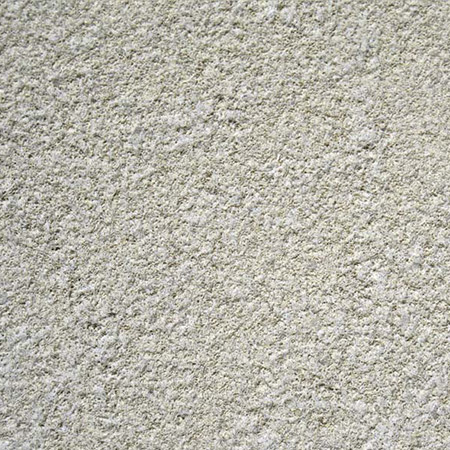
Sandblasted
Sandblasted limestone is a texture that is commonly used to match newly installed limestone materials with older limestone encountered during a restoration project. The finish can be applied to all aspects of newly installed material on commercial and residential projects as well.
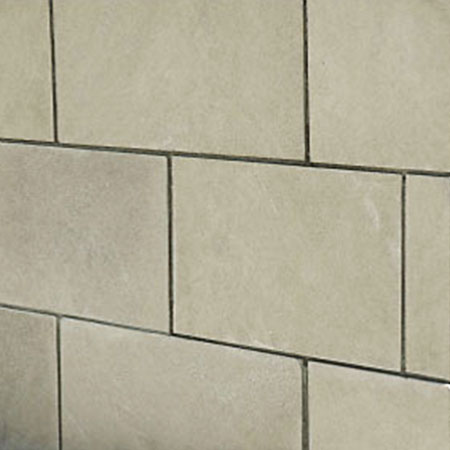
Smooth
The least textural of the standard finishes and presents minimum surface interruption. A smooth finish is a very popular limestone finish. Terms associated with a smooth finish are often called out as planer, honed, grinder, machine, bugged or circular sanded.
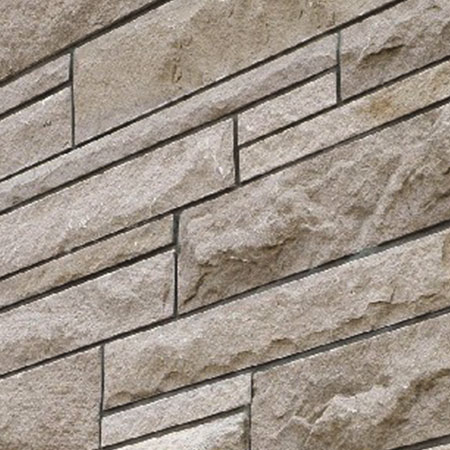
Split Faced
This finish is a rough, uneven, concave-convex finish applied to Indiana limestone. The rough natural appearance creates maximum light and shadow contrast. Split faced limestone is typically used for residential and commercial buildings alike on both interior and exterior surfaces to emphasize horizontal lines and create a massive appearance.
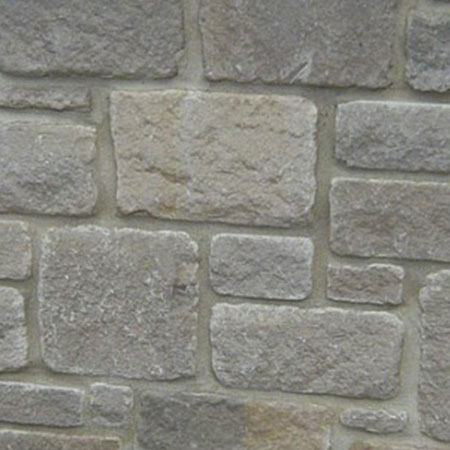
Tumbled Stone
Our beautiful tumbled limestone is a perennial favorite for both residential and commercial customers. The gentle tumbled stone treatment imparts a unique and individualized character upon every stone. This natural limestone finish elevates and refines every project.
Limestone Grades & Classifications
The Indiana Limestone Institute grade classifications are determined by how fine or coarse the grain particles and other natural characteristics that comprise the limestone. Oolitic and fossiliferous limestones appear in all grades of limestone. The structural soundness of each classification of limestone is essentially identical.
Because Indiana limestone is a natural stone, it will contain at least a few distinguishable calcite streaks or spots, shells, fossils, pit holes, reedy formations, open texture streaks, honeycomb formations, iron spots, travertine-like formations and grain formation changes. This is a key feature of the stone, which is created from the ancient fragments of marine organisms. The subtle variety of visual elements within the stone add to its character and lasting appeal.
However, Indiana limestone does not contain large, noticeable concentrations of these unique characteristics that noticeably differ from stone to stone. Each piece of Indiana limestone looks very similar to others and does not have a discernable pattern. This is a major advantage of Indiana limestone in the Bedford region, because there is typically no need for pattern blending because there are no pronounced veining features that exist from stone to stone. This feature makes it very adaptable to a wide variety of architectural styles from modern to traditional.
Select
The texture of select grade limestone is fine to average-grained, with a controlled minimum of unique features such as fossils or streaks.
Standard
Standard grade limestone has a fine to moderately large-grained texture, and permits an average amount distinguishing features.
Rustic
Rustic grade limestone is a fine to very coarse-grained stone and may contain an above-average amount of unique visual elements.
Variegated
Variegated grade limestone is composed of an unselected mixture of grades 1 through 3 and may appear in both buff and gray colors.
Selection
Choosing the Right Stone
To achieve the best possible color match, we recommend that all stone for a project be supplied from a single quarry and our clients follow ILIA guidelines for stone selection.
Variegated stone will contain an uncertain percentage of the individual stones containing both colors while other stones may be all buff or all gray. When both colors occur within a single stone, the dividing line is usually readily discernible, and may be horizontal, vertical, diagonal and/or curved. The degree of contrast between the two colors, whether they appear in a single stone or in stones of solid individual colors, may be readily apparent or nearly indiscernible. Neither fabricator nor erector will attempt to control the location in the building of panels or individual stones according to their natural variations of color or texture.
Since it is impossible to show all potential natural characteristics in a single sample, the approval sample should be used only as a general guide to final building appearance. Characteristics noticeable at arm’s length will appear differently when viewed in the building at normal distance.
As stone sizes increase, grade selectivity decreases until it may no longer be possible to classify select or standard grades according to ILIA Classifications. Color, stone size and project size thus become the governing criteria. Designers and specifiers are urged to consult ILIA or its member companies for specific current information.
Large-scale samples, including sample walls (mockups) complete with connections and joint closures, can be helpful in selecting stone color and quality. These constructions should be preplanned and included in bid specifications where their additional expense is warranted.
Talk to Us About Your Next Project